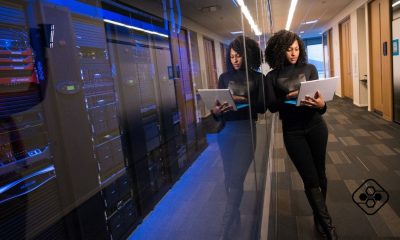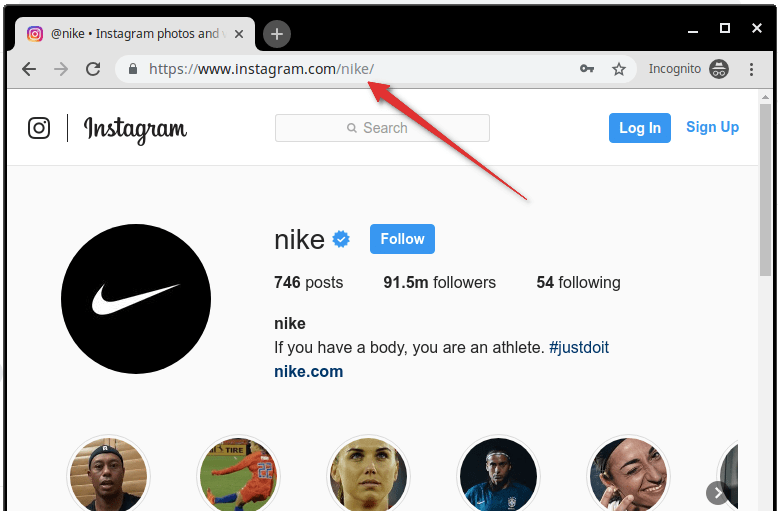Augmented Reality & VR
TOP Advantages of Using VR in Education

Virtual reality (VR) is revolutionizing the way education is delivered. By immersing students in interactive 3D environments, it provides a more engaging and intuitive learning experience than traditional methods. With the ability to simulate real-world scenarios and explore complex concepts, VR learning offers an immersive and intuitive educational experience that is revolutionizing the way students learn. VR has the potential to revolutionize classrooms, providing students with an engaging and interactive learning experience that can help them better understand the material and retain the information. With its ability to evoke emotion, create powerful learning experiences, and provide a safe environment for experimentation, VR in education is becoming an increasingly important tool.
AR And VR In Education: Here’s What You Have to Know
Augmented Reality (AR) and Virtual Reality (VR) are two popular technologies that are being used in higher education. AR students are using a technology that overlays the physical world with digital content, allowing students to interact with digital objects in their physical environment. VR, on the other hand, immerses users in a completely digital environment, allowing them to explore and interact with virtual objects.
The main difference between AR in education and VR is the level of immersion. AR is less immersive than VR, as it allows users to see and interact with their physical environment while still interacting with digital content. Learning with VR, however, completely immerses users in a digital world, cutting them off from their physical environment.
Both technologies are being used in higher education to facilitate learning and create more engaging educational experiences. AR can be used to bring abstract concepts to life, while VR can be used to create interactive simulations and training programs. Ultimately, the choice between AR and VR education depends on the specific educational goals and objectives.
Top Benefits of VR in College
Below, we offer the main benefits of virtual reality in education.
Virtual Reality Learning Boosts Excitement in Class
Virtual reality (VR) can be used to boost excitement and engagement in the classroom. By transporting students to virtual worlds, VR can create immersive and interactive learning experiences that are far more engaging than traditional methods. VR has the potential to make learning more fun and engaging, helping students stay focused and motivated. It can also be used to explore complex concepts and simulate real-world scenarios, allowing students to gain a deeper understanding of the material.
By providing students with a safe environment for experimentation, VR can also help reduce fear and anxiety associated with learning. Ultimately, VR has the potential to revolutionize classrooms, bringing a new level of excitement and engagement to the learning process.
VR Education Improves Communication Skills
Using VR in the classroom has revolutionized the way students learn by providing an immersive and interactive learning experience. VR technology enables students to experience and interact with virtual environments, which can help improve their communication skills.
Through VR education, students can practice communication techniques and learn to better express themselves in a safe and controlled environment. By experiencing and engaging with the virtual environment, students can gain the skills needed to effectively communicate in the real world. Just like they use affordable writing service to improve their prose, they can boost oral communication with VR or AR in the classroom. Furthermore, VR education can help bridge the gap between cultures and help students gain a better understanding of different cultures and their customs. With the help of educational virtual classes, students can develop strong communication skills that will benefit them in their future careers.
Taking into account all the benefits of VR in education, it has the potential to revolutionize the way students learn. It provides an immersive, engaging, and interactive learning experience that can help students gain a deeper understanding of concepts. VR can also be used to simulate real-world scenarios, enabling students to gain valuable practical experience without having to leave the classroom.
VR can also be used to create virtual field trips, allowing students to explore distant locations without having to travel. Furthermore, VR can be used to create multi-sensory learning experiences, helping students to better engage with the material and develop critical thinking skills.
In short, immersive VR education can be powerful enough to be used by teachers in the classroom.
-

 Cyber Risk Management4 days ago
Cyber Risk Management4 days agoHow Much Does a Hosting Server Cost Per User for an App?
-

 Outsourcing Development4 days ago
Outsourcing Development4 days agoAll you need to know about Offshore Staff Augmentation
-

 Software Development4 days ago
Software Development4 days agoThings to consider before starting a Retail Software Development
-

 Grow Your Business3 days ago
Grow Your Business3 days agoThe Average Size of Home Office: A Perfect Workspace
-
Solution Review3 days ago
Top 10 Best Fake ID Websites [OnlyFake?]
-
Business Imprint4 days ago
How Gaming Technologies are Transforming the Entertainment Industry
-

 Gaming Technologies2 days ago
Gaming Technologies2 days agoHow to Set Up Text-to-Speech for Channel Points on Twitch









